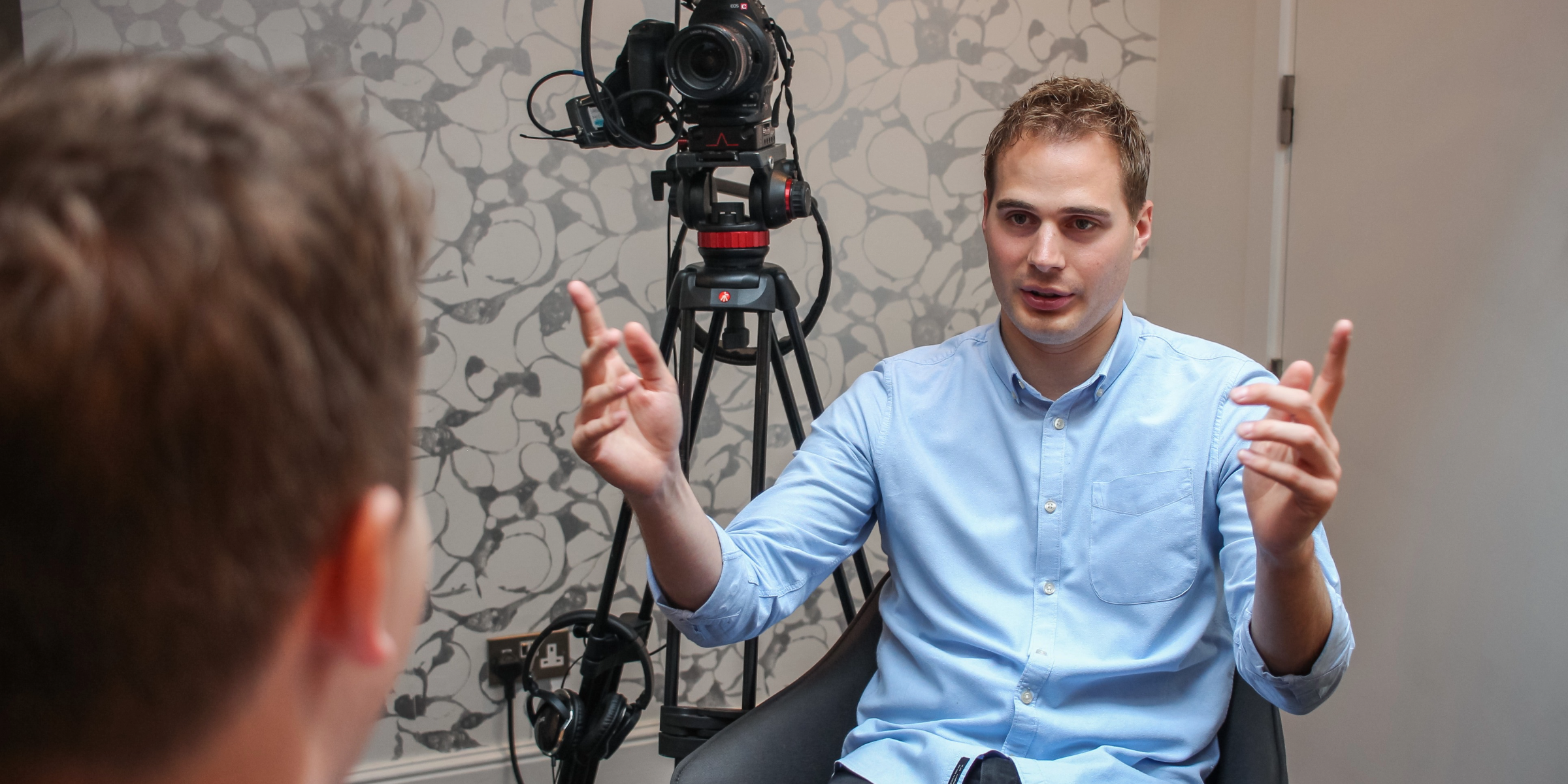What you should know about Broadcast PR
Broadcast PR. You hear us talk about it a lot- after all it’s what we live and breathe- but do you know what it actually is?
What is broadcast PR?
Broadcast PR is a niche segment of the PR industry. We specialise in securing coverage on TV, radio and online; video production and media training. Most PR agencies focus on print and social media, where coverage is easier to guarantee as stories are less likely to be dropped, and out-source to broadcast specialists such as us to sell in to radio and TV stations.
What do we do?
Our job is to secure broadcast coverage for our clients to maximise their campaign’s total reach. We have contacts with journalists across the country, and with national, regional and even international newsrooms, so we can tailor the coverage to the client’s target audience or try to have as large a reach as possible. We also have our fully kitted out in-house studio to hold our radio day.
We also offer services that will maximise the overall success of a campaign. This includes producing b-roll to increase the chance of securing TV coverage, sourcing a spokesperson and video production.
Plus, with TV coverage comes the expectation for a confident spokesperson. To ensure a client’s spokesperson will effectively deliver the key messages and cope in an interview setting we offer media training to replicate different types of interviews and prepare the spokesperson for the real thing.
How can it help you?
Whilst broadcast coverage can be more difficult to secure, the results are worth it. TV and radio brings a campaign to life and engages the audience, it’s cost-effective and has the potential to reach millions. Read our blog all about the benefits of broadcast PR here: https://www.shoutcommunications.co.uk/blog/benefits-broadcast-pr/
Broadcast PR glossary:
Don’t understand the broadcast lingo? Read our glossary of terms below
A: As live- A pre-recorded interview left unedited, as if it was live
B: B-roll- 6-8 minutes of roughly edited footage shot in a news style, produced to support a news story
C: Case study- Someone who has experienced something related to a story that willing to do broadcast interview to support a campaign
D: Down the line- A type of interview when the interviewer and interviewee are in different locations. We practise this in our media training sessions
E: Embargo- A date or time attached to a story that requests journalists not to report on it until that time has passed
G: G722- A type of ISDN code
I: ISDN- A digital phone-line which provides good quality audio interviews
L: Live- A type of TV or radio interview that is broadcast live with no delay
M: Mentions- Each time your product or brand is name checked by a broadcaster
O: OB- TV or radio outside broadcast, broadcasting from outside a studio
P: Podcast- A downloadable radio programme in digital form
R: Radio day- A session where an interviewee does multiple interviews from one studio
S: Soundbite- Also known as a ‘grab,’ a short interview clip around 20 seconds used for news clips
V: Video production- Producing and editing polished corporate video content



